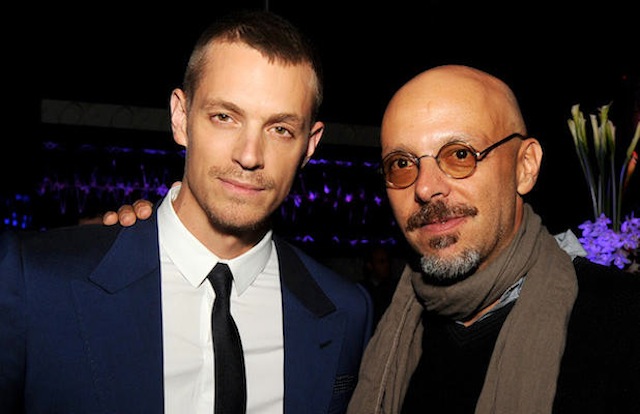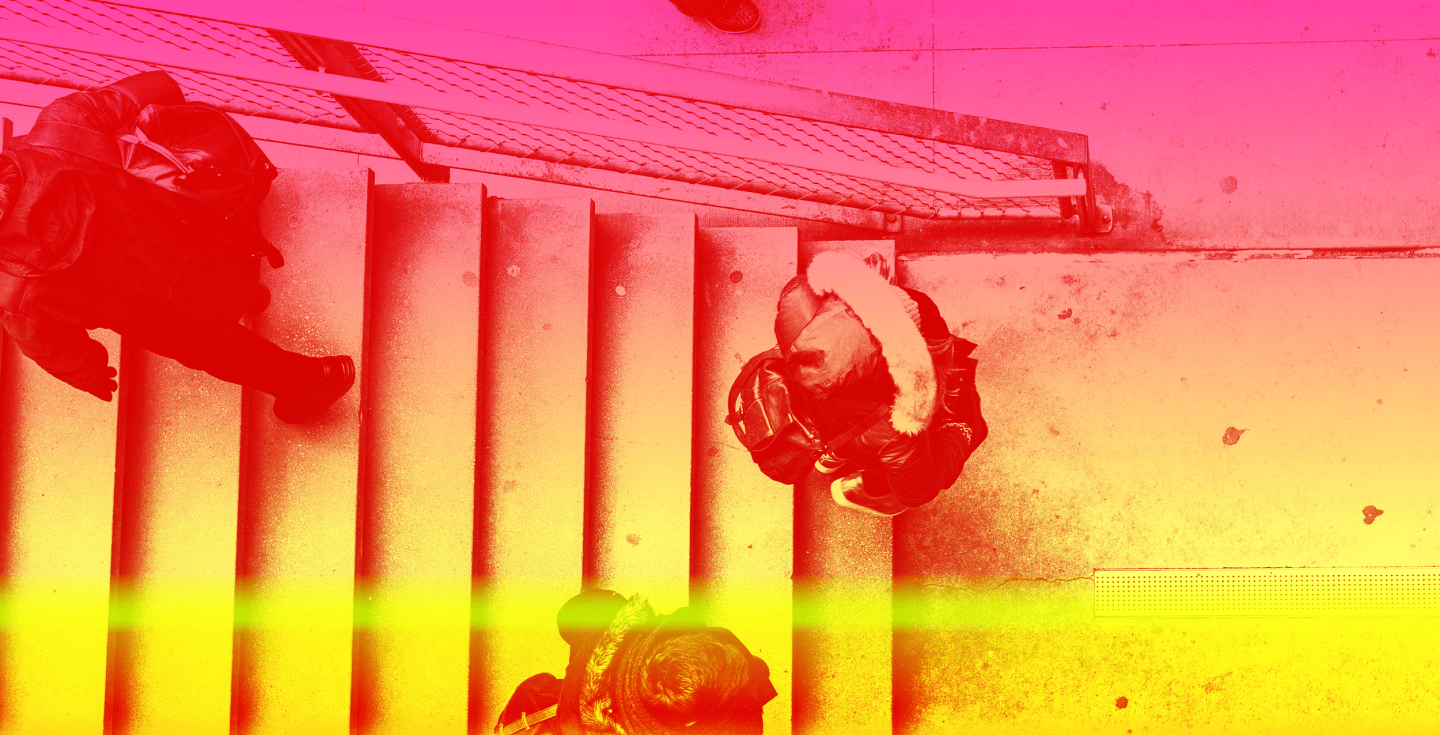
'RoboCop' hits the right messages

On February 12, a much-anticipated remake of the 1987 film Robocop opened in movie theatres across the United States. Both the original and remake portray the transformation of a policeman in the future into a man-machine hybrid, but the remake also provides some compelling messages for emerging efforts to control fully autonomous weapons in the real world. [Warning –this review contains spoilers]
The 2014 Robocop remake directed by José Padilha is set in 2028 and centers around OmniCorp, a multinational company that makes drones and killer robots for use around the world, but not in civilian law enforcement in the US, which has banned the technology. To circumvent the domestic ban and make a potential $600 billion, OmniCorp’s slick CEO Raymond Sellars (Michael Keaton) persuades one of the company’s top scientists Dr. Dennett Norton (Gary Oldman) to put aside his qualms about developing combat applications by turning a man into a machine. After police officer Alex Murphy (Joel Kinnaman) is severely injured in a car bomb, Norton emplaces what remains of Murphy into a robotic prosthetic, creating in effect a military-enhanced human. RoboCop then patrols the streets of Detroit solving crimes bolstering the argument promoted by right-wing media celebrity Pat Novak (Samuel L. Jackson) for killer robots to be deployed across the country.
The film hits on many of the concerns of the Campaign to Stop Killer Robots…
Robocop depicts a dangerous technology that is unpredictable/prone to malfunction. The 1987 film opens with a massive ED-209 robot machine malfunctioning and mangling an executive at a board meeting with a machine gun, while the 2014 remake opens in Tehran where the ED-209 kills an Iranian child holding a kitchen knife, reading his intentions as “revenge” after the boy’s father is killed. Despite the flaws in artificial intelligence, a US general defends the weapons, stating that “from a military perspective this [technology] has been invaluable.” Facial recognition is used by ED-209 droids and humanoid EM-208s to identify and locate potential insurgents and suspected criminals from CCTV footage and other sources. In the advance publicity for Robocop, an Omnicorp website was created to promote the company’s fake robotic weapons.
The film shows the proliferation of robotic weapons technologies, spending a significant period of time on Robocop’s months-long construction at a sprawling factory in China where in one scene Murphy tries to escape, running past thousands of identically pink-coat-clad workers on a huge assembly line. Presumably RoboCop is created in China (at a cost of $2.6 billion) because US law would have forbid such action.
One of the more vocal proponents of killer robots technology is not a blogger (as is the case today), but the host of a news and commentary show, who broadcasts a message that is jingoistic, pro-US, tough on crime, and staunchly pro-RoboCop. In one scene, Pat Novak asks “What if I told you that even the worst neighborhood in America could be made completely safe? How do I know this? Because it’s happening right now in every country in the world, but this one. So then tell me. Why can’t we use these machines here at home? Why is America so ‘robopobic’?”
In the RoboCop remake, legislation named after the main opponent of killer robots, Senator Huburt Dreyfus (Zach Grenier), preemptively bans the use of fully autonomous weapons in the United States, but the technology does not appear to be prohibited internationally. The legislation “has no loopholes” complain lawyers trying to circumvent it.
At the outset Senator Dreyfus claims that 72 percent of Americans “will not stand for a robot pulling the trigger” yet public opinion turns after Robocop is deployed and the Senate votes overwhelmingly to repeal the law. The President however vetoes the repeal after the testimony of Norton, who confesses to the RoboCop program and effectively repents that “my research program was sound, but what I did with it was wrong.” Padilha notes, the “only victory” in this movie is that the Dreyfus Act stays in place. The film credits close to the Clash playing “I fought the law and the law won.” Yet in reality the U.S. Congress has yet to debate the issue of fully autonomous weapons and there is no Senate champion.
Padilha has said that he wanted to demonstrate how fast the technology is advancing. His concept was to revisit the original’s portrayal of the application of robotic technologies in warfare and law enforcement and provoke people “to think about issues that are relevant today.” He told Geek Nation, “We already have drones killing people in war. We’re soon going to have robots replacing soldiers or replacing law enforcement. This opens a lot of issues.”
The 2014 remake of Paul Verhoeven’s 1987 original film is the first feature film in English for Padilha, whose documentary “Bus 174” and “Elite Squad” action films were huge hits in his native Brazil. Padilha, who has a degree in physics, has been described as conferring “an intelligence to the film that isn’t typically seen in the genre.”
In multiple interviews for the publicity campaign to release Robocop, Padilha has demonstrated his awareness of the real challenges posed by fully autonomous weapons and the need for action to ban them. He is concerned with the ease of commending or continuing an operation as “[o]nce you replace people with robots you lift a lot of restrictions for war,” because “in the real world, when we have robots replacing soldiers, it’s going to be used in the Army before it’s used at home.” Padilha also expresses concern with a robot’s inability to refuse an order: “If the state gives an order to a policeman, and the policeman finds the order problematic, he can say no. If you have a machine, there’s nobody to say anything.”
Padilha appears to be aware that concerns over killer robots are about to be discussed internationally and is excited by the prospect of the real-life debate of the issues depicted in Robocop (“There’s going to be a debate. This is going to happen, man! Write it down!”). In one interview he said “that every single country will have to have legislation and decide whether they’re going to use robots for war or not, which means that they’re going to have negotiations at the U.N., and they’ll decide what will be accepted and what won’t be accepted and so forth. This is a real issue. It’s bigger than people hunting animals remotely, and it’s bigger than using drones.”
Padilha’s views, however, differ from that of Robocop star Gary Oldman who tells one reviewer, “If you’re going to put boots on the ground then why not put robotic boots on the ground rather than put people in harms way. You’ve got collateral damage, casualties, human error anyway. So if it meant that you could save American lives then I guess I’m for it.”
At times the film does not distinguish between unmanned remote-controlled aircraft or drones and fully autonomous weapons (killer robots) and in one publicity interview for the film, Padilha talks through the differences between the two with Keaton and Oldman, explaining, “If you have an autonomous robot that’s not being piloted, and it has software that’s running a program, and it’s deciding by itself whether to release the bomb or not, liability becomes fuzzy. Who is to blame? Is it the guy who deployed the robot? Is it the guy who built the robot? Is it the guy who did the software and maybe failed when he put it inside the robot? How many companies did the same software? I mean, it’s an issue that’s debated in philosophy. Law has to change to cope with technology. We don’t have a legal apparatus to deal with that yet.”
Swedish-born actor Joel Kinnaman who plays RoboCop has said that the film “discusses some political and philosophical ideas that we as a society have to make a decision about.’” In an interview, Kinnaman said, “We as a society and all the different nations and the UN are going to have to make a decision as to how we’re going to face this new technology and decide what implications we’re going to let it have on our society.”
As one reviewer points out, “To reboot a classic properly requires making that same story relevant to the time in which the new film is made,” and in that aspect the film succeeds as the issues of robotic warfare are explored, “but rather than ram them down your throat they are allowed to ruminate in your mind. [T]his is a film that asks questions, not answers them.”
This Robocop remake has some messages that are worth listening to.
Photo: Robocop star Joel Kinnaman and director José Padilha (c) The Wrap, 2014


